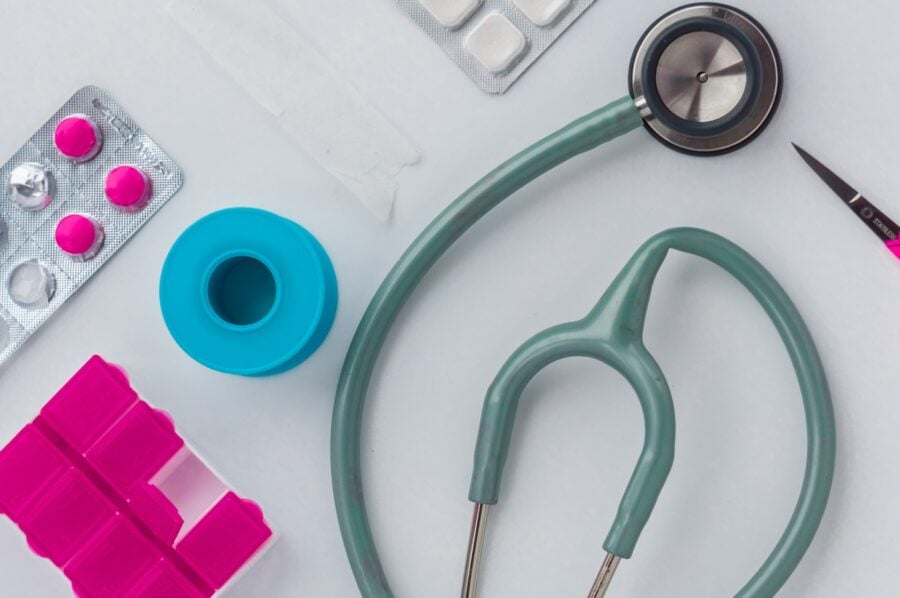In a world where design has become a central component of every product we purchase, medical equipment has not been left behind. The key question facing designers and medical equipment manufacturers is: How does aesthetic design affect people’s willingness to adopt and use medical products? The answer is more complex than it seems, raising deep psychological, social, and cultural aspects.
The Psychology of Initial Rejection
Many medical products initially evoke emotional rejection. A wheelchair, hearing aid, or walker symbolize for many a constant reminder of their physical limitations. Aesthetic design serves as a crucial factor in overcoming this resistance. Products with traditional “medical” design – white, metallic, and marked as medical devices – tend to evoke negative feelings of illness, weakness, and loss of independence.
In contrast, products with modern, colorful, and attractive designs allow users to see themselves as people using advanced tools, rather than as patients. Design becomes a means of restoring self-respect and strengthening personal identity instead of weakening it.
The Impact of Social Stigma on Product Acceptance
One of the most significant factors in resistance to medical products is the fear of social stigma. People worry about stares, comments, and different treatment from their environment. Quality aesthetic design can significantly reduce this stigma. When a product looks beautiful, modern, and well-designed, it becomes less “medical” and more “fashionable” or “technological.”
A clear example of this is the evolution of hearing aids. From being large and visible products, they have become discreet, elegant, and even personally customized. Companies like Apple introduced products like AirPods that made invisible earphones a desirable design trend, which also benefited hearing aids that look similar.
Design as a Driving Factor for Daily Use
Beyond overcoming initial resistance, aesthetic design affects the actual level of product use. Beautiful products tend to be used more frequently. Users feel pride in using them, leading to better treatment adherence and ultimately better health outcomes.
Aesthetic design also affects interaction with the product. Well-designed products tend to be more intuitive to use, reducing frustration levels and increasing willingness to use them. Clear buttons, pleasant colors, and quality materials contribute to an overall feeling of comfort and security.
Technology and Design: A Winning Partnership
Technological advancement now enables combining advanced functionality with attractive design. Smart products that integrate sensors, smartphone applications, and network connectivity can offer an advanced user experience while maintaining a contemporary and attractive appearance.
Health monitoring devices like fitness watches and smart bands have become desirable fashion accessories, despite being essentially advanced medical devices. Their sophisticated aesthetic design has transformed medical monitoring from a boring or embarrassing task into an enjoyable and rewarding activity.
Design as a Means for Retail and Accessibility
Quality aesthetic design also contributes to the economic accessibility of medical products. Beautifully designed products tend to attract a broader audience, enabling larger-scale production and cost reduction. Additionally, quality design leads to expanding marketing channels from specialized medical stores to regular stores and online platforms.
This phenomenon creates a positive cycle: good design leads to higher demand, high demand leads to large-scale production, and this leads to price reduction and further design improvement.
The Digital Generation and New Perceptions of Medical Design
The younger generation that grew up with advanced technology brings completely different expectations to medical products. This generation is accustomed to beautiful, intuitive, and smart products, and is unwilling to compromise on design for functionality. Tomorrow’s elderly will demand medical products that look and function like the consumer electronics they know.
This demand leads designers and manufacturers to rethink medical product design. They are forced to combine strict regulatory requirements, specific medical needs, and high aesthetic expectations.
Personalized Design as a Future Trend
Another important trend is personalized design. Advanced manufacturing technologies now enable personal customization of medical products to each user’s personal taste. A wheelchair can be in the desired color, a hearing aid can be decorated with a personal pattern, and a walker can integrate with the home’s style.
This personalization not only improves the product’s appearance but also creates a stronger emotional connection between the user and the product. The product becomes part of personal identity rather than an external obstacle.
What’s Next? Design as a Bridge to the Future of Personal Medicine
Understanding the impact of aesthetic design on medical product adoption leads to a revolution in thinking about personal medicine. Can we imagine a future where medical products will be as desirable as luxury goods, and where treatment adherence will be natural and enjoyable?


